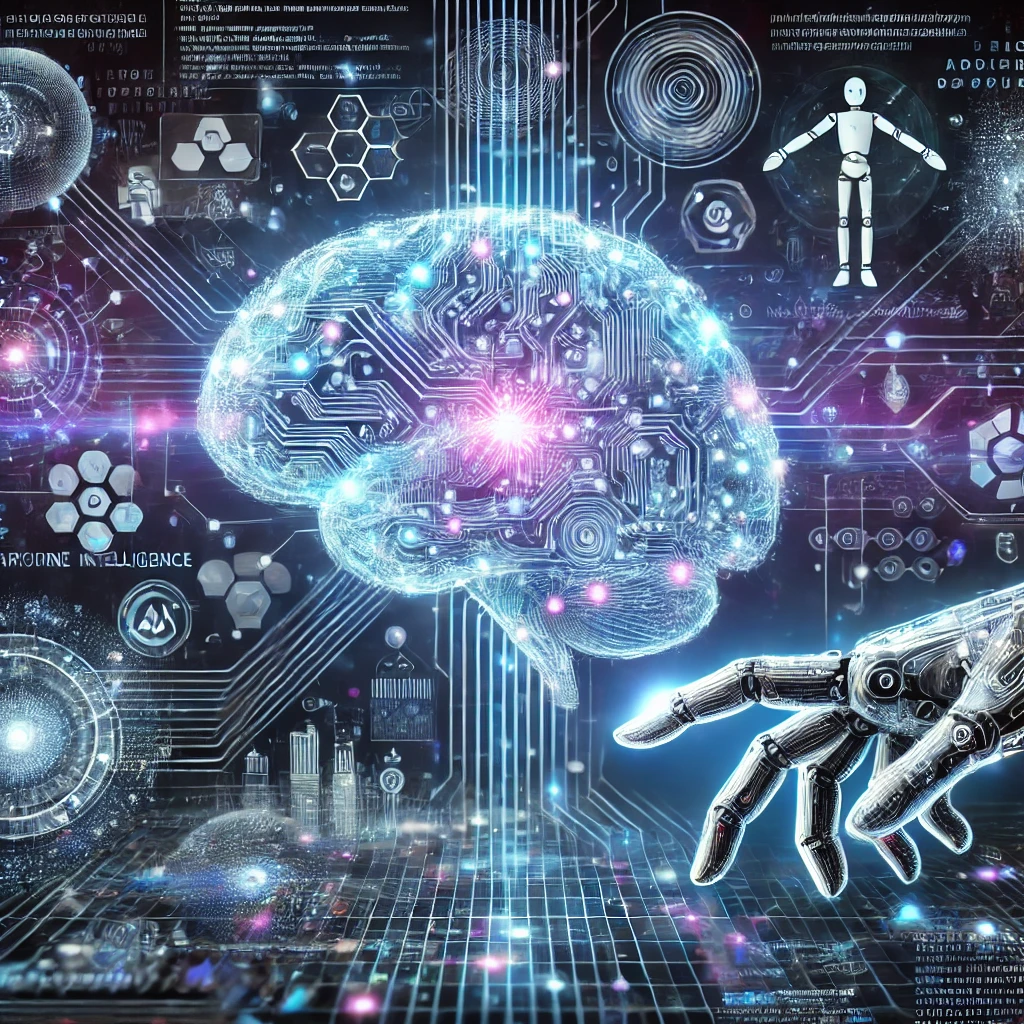Exploring AI Reasoning Models for Smart Decisions

Categories:
5 minute read
Introduction
In the realm of artificial intelligence (AI), reasoning is the cornerstone that transforms raw data into actionable insights. Much like humans use logic and experience to navigate complex decisions, AI systems rely on reasoning models to analyze information, draw conclusions, and solve problems. From diagnosing diseases to powering self-driving cars, reasoning models enable machines to mimic cognitive processes that once seemed uniquely human. This blog post explores what reasoning models are, how they work, their applications, and the challenges they face in shaping the future of AI.
What Is a Reasoning Model?
A reasoning model is a computational framework that allows AI systems to process information, apply logical rules, and derive conclusions. It serves as the “brain” of an AI, enabling it to make decisions, answer questions, or predict outcomes based on available data. Unlike passive data analysis, reasoning involves active manipulation of knowledge—connecting dots, weighing alternatives, and inferring new truths.
At its core, reasoning in AI mirrors human cognition but operates through structured algorithms. For instance, when a medical AI evaluates symptoms to diagnose an illness, it isn’t merely matching patterns; it’s applying a chain of logic similar to a doctor’s differential diagnosis. This requires three key components:
- Knowledge Representation: Structuring information in a way the AI can use (e.g., databases, ontologies).
- Inference Mechanisms: Rules or algorithms to derive conclusions (e.g., logic-based deduction).
- Contextual Awareness: Adapting decisions to situational variables (e.g., probabilistic assessments).
Types of Reasoning Models in AI
AI systems employ diverse reasoning strategies, each suited to specific tasks. Below are the most prominent types:
Deductive Reasoning
- Definition: Draws specific conclusions from general premises using formal logic. If the premises are true, the conclusion is guaranteed to be true.
- Example: If “All humans are mortal” (premise 1) and “Socrates is human” (premise 2), then “Socrates is mortal” (conclusion).
- AI Applications: Rule-based expert systems, such as those used in tax software to apply regulatory logic.
Inductive Reasoning
- Definition: Generalizes patterns from specific observations, often producing probabilistic conclusions.
- Example: A spam filter classifying emails as “spam” based on past examples.
- AI Applications: Machine learning models, like neural networks trained on historical data to predict trends.
Abductive Reasoning
- Definition: Infers the most plausible explanation for incomplete or uncertain data.
- Example: A doctor hypothesizing a patient has flu (not a rare disease) based on common symptoms.
- AI Applications: Fault detection in manufacturing, where systems identify likely causes of malfunctions.
Probabilistic Reasoning
- Definition: Uses probability theory to handle uncertainty, updating beliefs as new data arrives.
- Example: Weather forecasting models predicting rain likelihood based on sensor data.
- AI Tools: Bayesian networks, Markov decision processes.
Case-Based Reasoning (CBR)
- Definition: Solves new problems by adapting solutions from similar past cases.
- Example: Customer service chatbots referencing previous tickets to resolve user issues.
- AI Applications: Recommendation systems, legal AI tools analyzing precedent cases.
Common-Sense Reasoning
- Definition: Applies intuitive, everyday knowledge (e.g., “water is wet”) that humans take for granted.
- Challenge: AI struggles with this due to the vast, implicit nature of common-sense knowledge.
- Progress: Projects like OpenAI’s GPT-4 attempt to embed rudimentary common sense via vast training data.
How Reasoning Models Work in AI
Implementing reasoning in AI involves balancing structured logic with adaptability. Two primary paradigms dominate:
Symbolic Reasoning
- Approach: Uses explicit rules and symbols (e.g., IF-THEN statements) to represent knowledge.
- Strengths: Transparent, explainable, and precise.
- Limitations: Inflexible in handling ambiguity; requires manual rule creation.
- Examples: Early expert systems like MYCIN for medical diagnosis.
Subsymbolic Reasoning
- Approach: Relies on neural networks to learn patterns directly from data.
- Strengths: Excels in perception tasks (e.g., image recognition) and adapting to new data.
- Limitations: “Black box” nature makes decisions hard to interpret.
- Examples: Deep learning models in autonomous vehicles processing sensor data.
Hybrid Models
- Neuro-Symbolic AI: Combines neural networks with symbolic logic, aiming for both flexibility and rigor. For instance, IBM’s Watson uses ML to parse data and symbolic rules to generate hypotheses.
Applications of Reasoning Models
Reasoning models power AI across industries:
- Healthcare: Diagnostic tools like IBM Watson Health analyze patient data to suggest treatments.
- Autonomous Vehicles: Cars reason about traffic rules, pedestrian movements, and sensor inputs in real time.
- Finance: Fraud detection systems use probabilistic models to flag unusual transactions.
- Customer Service: Chatbots apply case-based reasoning to troubleshoot issues efficiently.
Challenges and Limitations
Despite advances, reasoning models face hurdles:
- Handling Uncertainty: Real-world data is messy. Probabilistic methods help but aren’t foolproof.
- Scalability: Complex reasoning requires significant computational resources.
- Bias and Fairness: Models trained on biased data may replicate flawed reasoning.
- Explainability: Subsymbolic models often lack transparency, raising ethical concerns.
The Future of Reasoning Models
Research is pushing boundaries in key areas:
- Common-Sense AI: Initiatives like MIT’s Project Alexandria aim to codify everyday knowledge.
- Ethical AI: Developing frameworks to ensure reasoning models align with human values.
- Quantum Computing: Potential to revolutionize complex reasoning tasks through exponential speedups.
Conclusion
Reasoning models are the unsung heroes of AI, bridging the gap between data and intelligent action. While challenges remain, advancements in hybrid systems and ethical frameworks promise to enhance their robustness and reliability. As AI continues to evolve, refining these models will be pivotal in creating machines that don’t just compute—but truly think.
By understanding the mechanics and implications of reasoning models, we gain insight into both the potential and the limitations of AI, guiding us toward a future where technology and human ingenuity coexist harmoniously.
Feedback
Was this page helpful?
Glad to hear it! Please tell us how we can improve.
Sorry to hear that. Please tell us how we can improve.